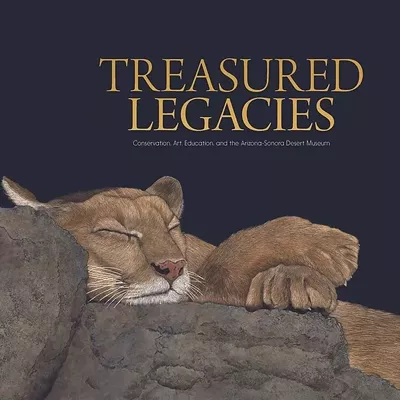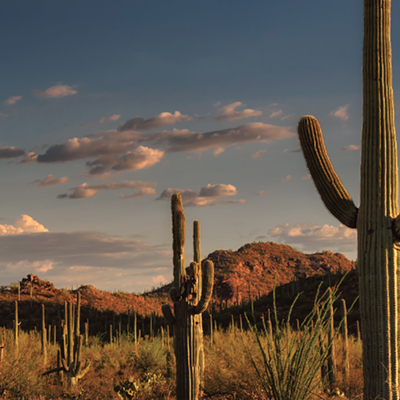But why should I care what Jennifer Nez Denetdale thinks about my prime-time viewing?
A Diné woman from the Zia and Salt clans and the first Navajo to earn a doctorate in history (from Northern Arizona University in 1999), Denetdale has lately opened my eyes to some of the colonial backwash that is still swishing around and obscuring our view of the Navajo, the largest Native American nation in the United States.
In her by turns scholarly and personal hybrid Reclaiming Diné History, Denetdale retells Navajo history in a way that treats the oral tradition with the same respect given to the written histories, written largely by the various colonial powers, or agents thereof. These written histories have long taken swipes at the continent's indigenous residents.
Her rage to retell her people's history from their point of view brings her to question even the generally accepted narrative that the Navajo arrived in the Southwest and among the long-sedentary Pueblo people about 100 years before the Spanish came north from Mexico. The newest dominant culture, the Americans, have taken this "history" and used it against the Diné, developing an image of them as somehow less sophisticated and late-arriving, forever borrowing their culture from their more established betters. This still-dominant image, Denetdale says, was even used against the Diné in their land disputes with the Hopi, who can point to spectacular, physical evidence of their early arrival in the Four Corners region.
Denetdale offers no alternative, preferring to use Navajo creation stories, not necessarily as traditional history in the Western sense, but as a record of how the Navajo see themselves. And this is one of the best aspects of her argument: Navajo history, to her way of thinking, should be about how the Navajo see themselves, not how the colonizers see them.
For this to happen, she argues, we must accept that the definitions of history and myth differ across cultures. For the Diné, "history" is a fluid collection of oral stories used to link the living with their ancestors, to pass on cultural traditions and to assure at least a modicum of continuity in the face of domination.
These stories can be about the extreme privation the Navajo endured during their Long Walk, when after being forcibly removed to Bosque Redondo in New Mexico by the U.S. military, they nearly died out as a people; or they can be about the important role Navajo women play in their matrilineal society, a record and tradition that three colonial powers have attempted to squash in order to bring Navajo culture more in line with their own; or they can be about Changing Woman, and how she made love with the sun and gave birth to the first two people. It's all the same reality here in the Glittering World--the name the Diné give to this, the fifth world. These stories are the true substance of who the Diné are--their history, so to speak. When you think about it, what else really matters? Certainly not the presumptions of some American anthropologist or the clouded opinions of a hard-bitten Catholic missionary.
And that brings me back to Billy Luther's movie, which follows a young Navajo girl in her quest to become Miss Navajo, a tradition dating back about 50 years to the beginnings of the Navajo Nation Fair. Contestants are judged on their knowledge of traditional Navajo culture, specifically as it relates to women; their fluency with the Navajo language; their poise, grace, intelligence and (probably) a little of their beauty; and, of course, their sheep-butchering acumen. It's an illuminating portrait, and one that seems like an antidote to the typical version of reservation life. But here's the rub: The movie demonstrates that the Navajo use the beauty pageant--a concept certainly introduced to the tribe by the current colonial power--as a way to reiterate the historically primary role of women in Diné culture and to help pass on traditional knowledge to the next generation, thus assuring its survival for just a bit longer.
The Diné, it seems, have in this case taken a product of colonialism and used it toward their own end, the most important end of all--the continuation of the Navajo philosophy and the Navajo culture. And it's a good thing, too. I, for one, would never want to be party to the final destruction of a culture in which a baby's first laugh brings on a feast.







